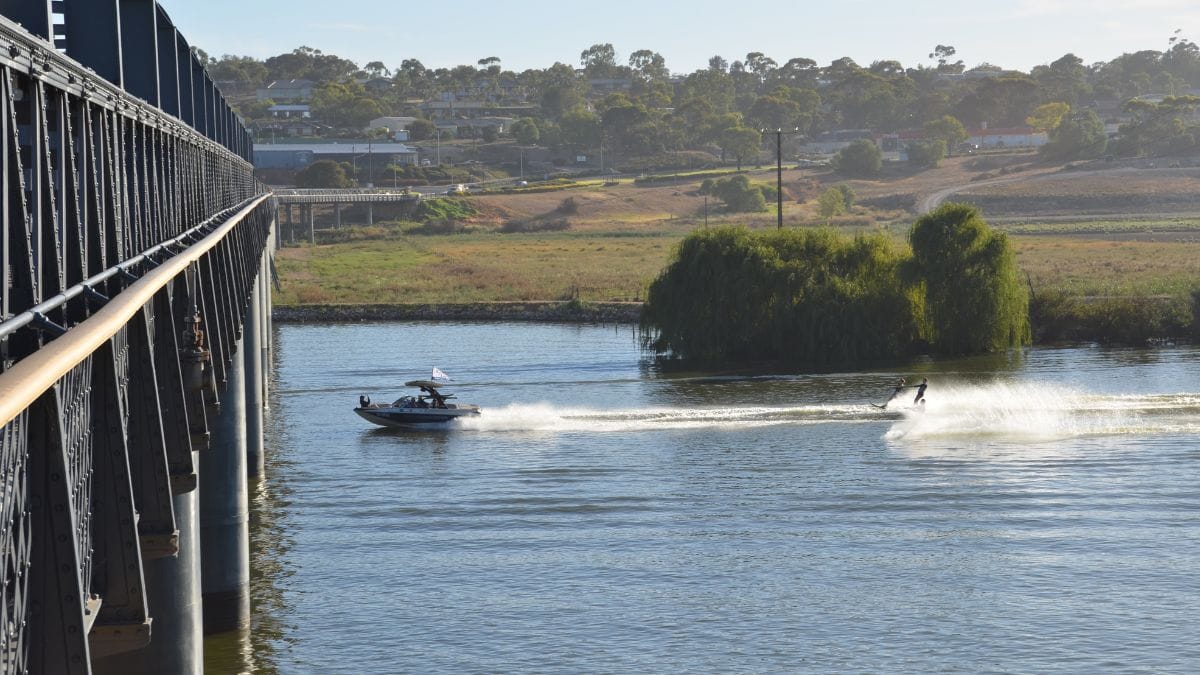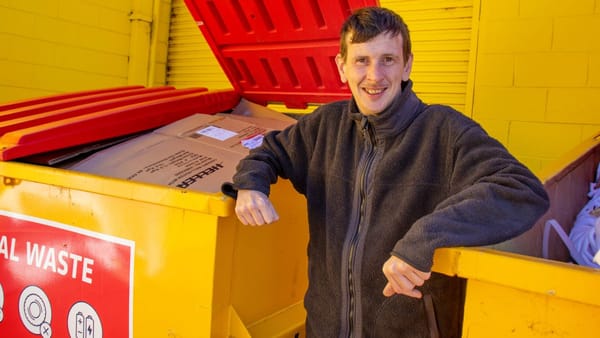New boat rules will come in over five years, Marine Safety SA clarifies
Boating safety and compliance unit manager Simon Schwerdt says new rules will help protect lives on the River Murray.

This story is now free to read. Help Murray Bridge News tell more stories like this by subscribing today.
Preventing dangerous behaviour and creating more consistency is the goal of a new safety strategy for recreational boaters.
Over the next five years education, speed limits and water safety will all be reviewed and new rules introduced by 2030, a Marine Safety SA spokesman has clarified following last week's report by Murray Bridge News.
New speed limit changes would include a four-knot limit around bridges, ferries and locks, seven-knot limit at night and on back waters.
Currently the old Murray Bridge only has a speed limit on the down stream side, and the Swanport Bridge has no limits whatsoever.
Boating safety and compliance unit manager Simon Schwerdt said the new rules were being created to protect the lives of boaters and infrastructure.
“We want to make the speed limit consistent across the River Murray,” he said.
Although the new laws may take a couple years to become effective, it was still important to take care on the water, he said.
"In the case of water competitions and events held in Murray Bridge, event organisers will have to apply for an exemption from the rules," he said.
When the new regulations do come into effect, more information will be released and extra signage will be established at boat launch locations.
An increase in water safety education was part of the agency's 12-month goal, Mr Schwerdt said.
“A short-term win is reviewing how to better educate our youngsters,” he said.
Currently Marine Safety SA runs free walk-in lifejacket clinics to help the public better understand their crucial safety equipment.
The Stay Afloat with us program is due to visit Murray Bridge at the beginning of the next boating season.
Marine Safety SA will help do life jacket checks, provide some free-of-charge replacements, and answer any specific questions about the life-saving device.





